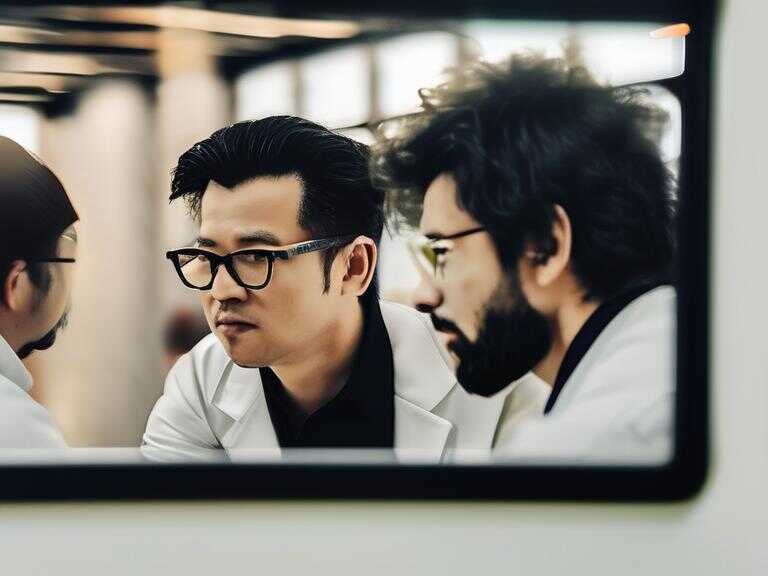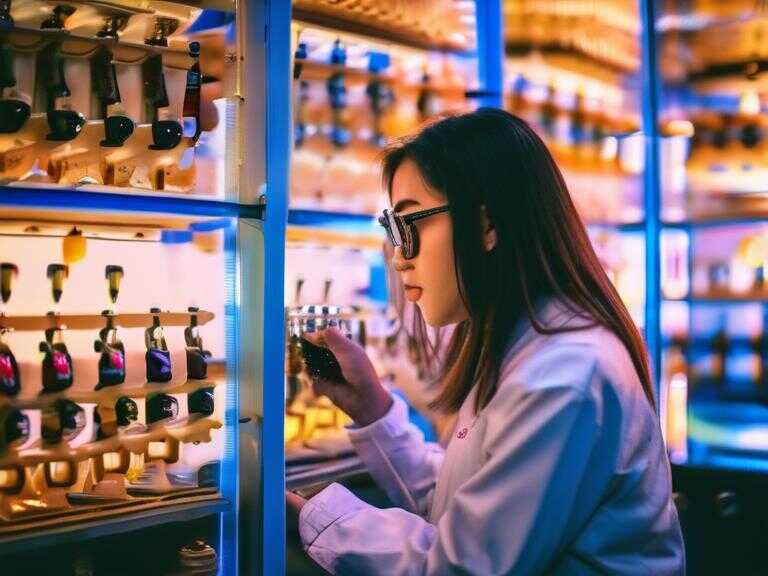
University of Tokyo's New Robot with 'Living Skin' Gains Online Attention
Newly-developed robot with "living skin" gains attention online. Uses include medical research, drug development, skin aging, cosmetics research, and plastic surgeon training.

In a groundbreaking development in robotics, a team of researchers at the University of Tokyo has unveiled a humanoid robot with "living skin." This state-of-the-art creation, resembling a pink blob with beady eyes, has garnered significant attention for its innovative technological advancements.
Development of 'Living Skin' Technology
Professor Shoji Takeuchi, the mastermind behind this extraordinary creation, utilized engineered skin attached to a humanoid robot. The engineered skin, developed in the Biohybrid Systems Laboratory at the university, exhibits properties akin to living skin. Takeuchi utilized specially made V-shaped perforations in solid materials and mimicked human skin-ligament structures to enhance adhesion between the robotic features and the subcutaneous structure of the skin. Furthermore, the natural flexibility of the skin, combined with strong adhesion, allows seamless movement without peeling or tearing.
Advanced Features and Future Challenges
While the current model of the living skin robot presents a 2D version, the researchers have also successfully created a 3D model with a more human-like head shape. Takeuchi expressed his next challenge to be the development of thicker skin with additional features such as wrinkles to further emulate human characteristics. He mentioned the incorporation of sweat glands, sebaceous glands, pores, blood vessels, fat, and nerves to enhance the realism of the skin. Moreover, integrating sophisticated actuators or muscles inside the robot is crucial for creating human-like expressions.
Applications in Various Fields
Takeuchi emphasized the potential applications of these human-like living skin robots in several domains. Medical research, including drug development, skin aging, cosmetics research, and plastic surgeon training, stands to benefit significantly from this groundbreaking technology. Additionally, the robots have the potential to sense their environment accurately, perform tasks with humanlike dexterity, and exhibit self-healing capabilities.
Share news















